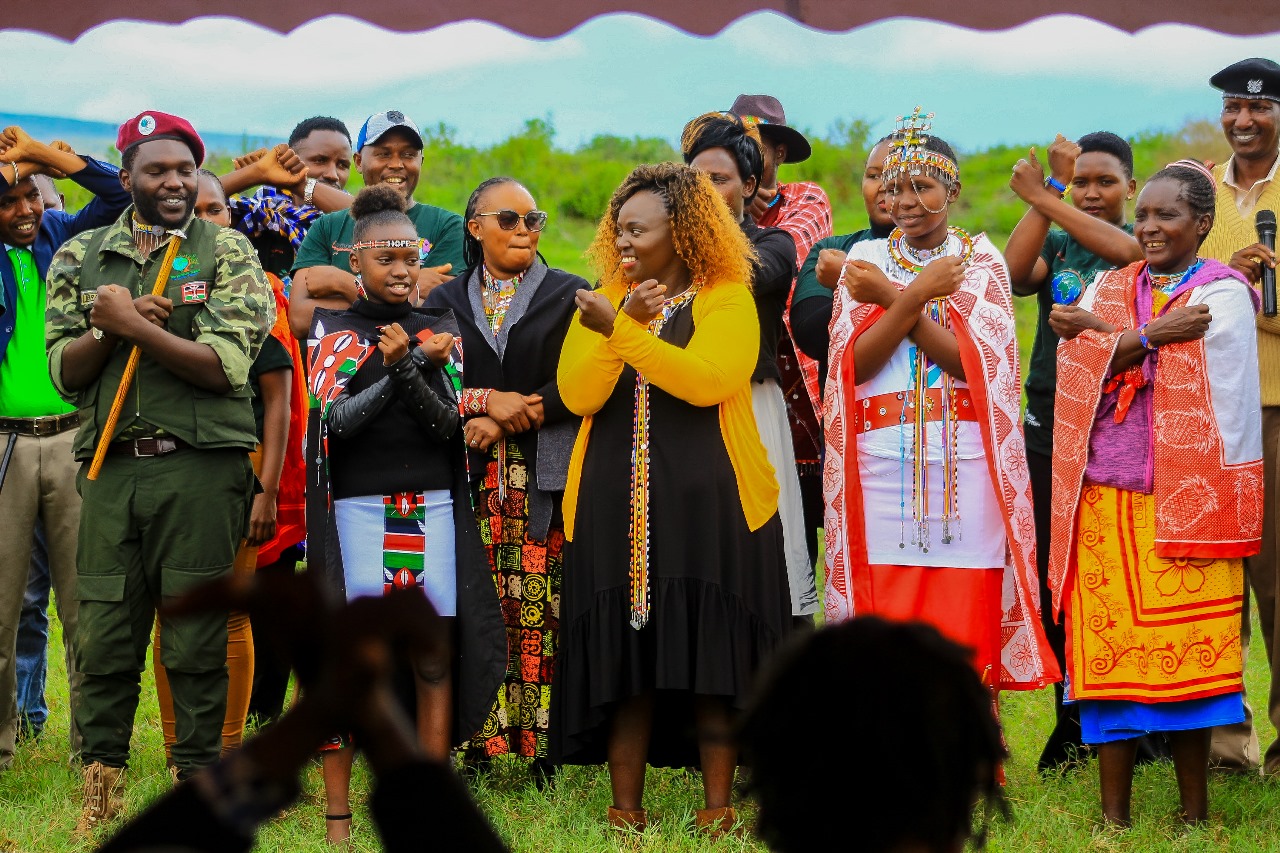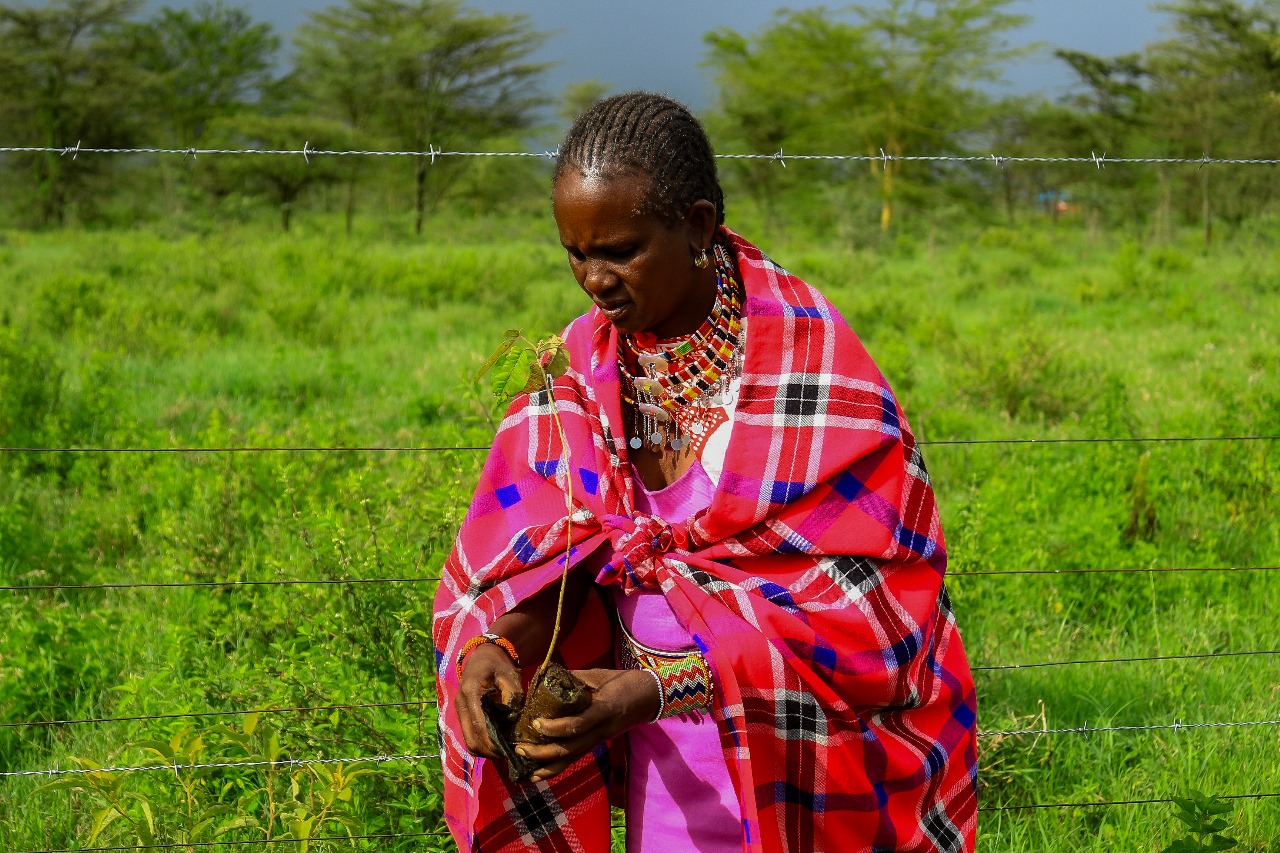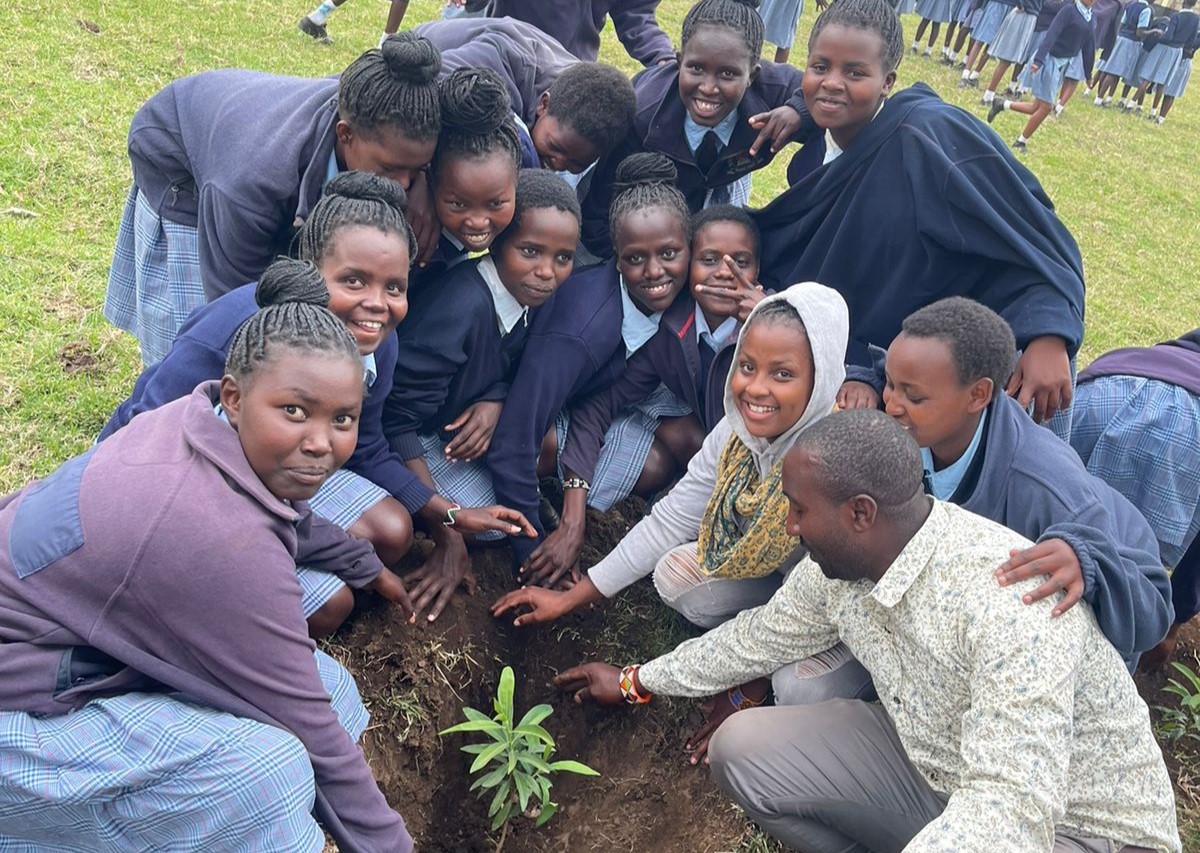Inua Miti
Narok County is situated in the Great Rift Valley in the Southern part of Kenya and borders the Republic of Tanzania to the South, Kisii, Migori, Nyamira, and Bomet counties to the West, Nakuru County to the North, and Kajiado County to the East. According to the 2019 population census, the county has a population projection of 1,282,097 people as of 2022. The dominant tribes are Maasai and Kalenjin. The main economic activities in the county include pastoralism, crop farming, tourism, and trade, among other activities undertaken on a small scale.
The population residing in Narok County is highly vulnerable due to high aridity and rainfall variability owing to the effects of climate change. Access to safe drinking water in these communities has remained a farfetched dream as women and girls travel long distances in search of this vital commodity. According to KDHS 2022, the proportion of people who reported having access to basic drinking water stands at 48%. Due to the effects of climate change, rainfall variability and unpredictability have made the existing sources dry up, leading to competition for available resources, including pasture for the animals. These shocks expose the communities to situations of insecurities arising from inter-community conflict over scarce resources (water and pasture). Additionally, communities are forced to migrate to other areas in search of water and pasture for their animals, as well as seek secure areas away from conflicts. Diminishing pasture and water results in livelihood loss, which has spill over effects on the health and wellbeing of the community. The communities have traditionally relied on milk and meat for nutrition. Loss of these livelihoods has resulted in an increase in malnutrition levels, especially among people living with different forms of disabilities, the elderly, and children under the age of five.
Narok is famous for ecotourism, but if the environment is not conserved, the rivers will slowly start drying up and the wildlife will start migrating to other areas where they can get enough food.
Webster Humanitarian Association in partnership with Eco Greenlife Global will embark on an initiative that will increase tree coverage in Narok East Sub-County, Suswa, and Keekonyokie Wards. The planting initiative will be conducted in individual households and institutions including schools, health facilities, and local administration offices. This will boost the current tree coverage. Together, we will adopt specific households and institutions to plant a tree at a distance of ten meters by ten meters, which will easily achieve the ten percent tree coverage in the piece of land.
The impact you will make

Enhance Water and Food Security
Inua Miti will help restore the natural environment by increasing tree coverage, which can help stabilize water sources. By supporting reforestation efforts, you’re contributing to the restoration of ecosystems that support the pastoralist communities’ way of life, improving access to food and nutrition.

Mitigate Climate Change and Protect Wildlife
Increased tree coverage can help absorb carbon dioxide, reduce heat, and moderate local climate conditions. This will mitigate the effects of climate change, which directly threaten both the local community and wildlife. Healthy ecosystems, supported by increased tree planting, are crucial for preserving the wildlife in Maasai Mara and surrounding areas.

Support Education and Empowerment
The students will play a critical role in spreading awareness. Your donation will help educate both students and adults about the importance of tree planting and conservation, creating a culture of environmental responsibility that extends beyond the initial project, ensuring long-term success in maintaining the area’s ecological balance.
The planting of Tufaha
Webster Humanitarian Association has planted an apple tree in Webster Geneva soil. The tree is called Tufaha (Apple in Swahili). This gesture symbolizes the connection between Geneva and Narok County, as well as the inauguration of the Inua Miti project.